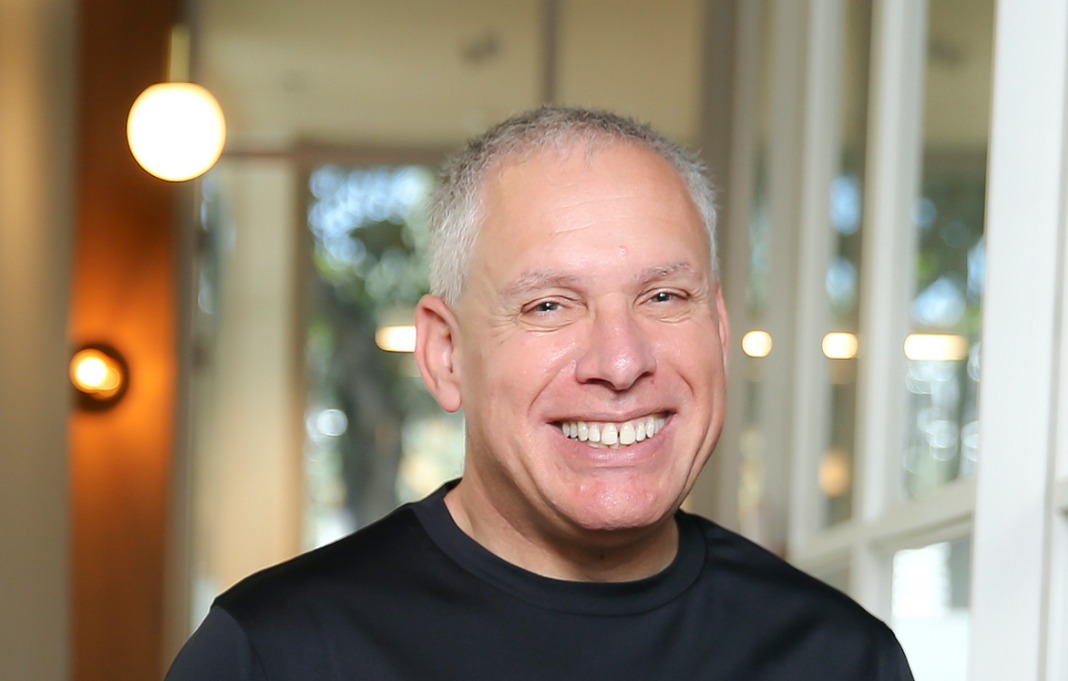Across the globe, the stock market is a zone of rampant activity. It is a marketplace for traders and brokers to transact in securities. These securities include various options such as mutual funds, derivatives, stocks, bonds, etc. It sounds easy, but a lot of money goes in and out, and much research goes into decision-making.
Also, while things have become digitalized and operations significantly streamlined, things are still complicated and require due consideration before active involvement.
Stock exchanges are vital components of stock markets. They are the platform where all the market players are brought together. These exchanges are there to ensure fair and orderly trading. For most of their history, they operated physically, but today, they have become highly digitalized. Many of these exchanges are growing exceptionally well, and this is reflected in the large volumes of trade over the years. Today we will talk about the ones that are the centers of attraction. These are the exchanges that high-net-worth individuals love. So, let us take a look at five of them.
- New York Stock Exchange, United States of America
Situated on 11 Wall Street, Lower Manhattan, New York Stock Exchange was founded in 1792. It is presently the second-largest stock exchange in the whole world. It opens at 9.30 AM and closes at 4.00 PM ET. More than 2400 companies are listed on what is more popularly called the NYSE. You name it, and the big companies are there listed on the exchange, such as Johnson & Johnson, Accenture, Bank of NY Mellon, and AIG. NYSE is also called the Big Board. In the year 1995, NYSE switched from paper-based transactions to digital-format transactions. - NASDAQ, United States of America
The largest stock exchange regarding the value of electronic order book share trading is the National Association of Securities Dealers Automated Quotations. It can be found on 42nd Street, New York City, and holds the distinction of being the first electronically traded stock exchange in the world. A whopping 3000 plus companies trade on the exchange daily, including Google, Apple, and Amazon. On average, NASDAQ trades 253 days a year. In 2016, it appointed Adena Friedman as its Chief Executive Officer, making her the first woman to hold such a position in the US stock market. - Shanghai Stock Exchange, China
It is understandable to find a Chinese stock exchange on the list. The Chinese economy has grown by leaps and bounds. The performance of the Shanghai Stock Exchange is a testimony of the same. It is one of the largest stock exchanges in the world and was founded in 1990. Currently, more than 1500 companies are listed, including the big names in the region, such as the Agriculture Bank of China, China Merchants Bank, China Life, and Kweichow Moutai. Shanghai Stock Exchange is still not completely open to foreign investors. It is monitored under the China Securities Regulatory Commission (CSRC) supervision. - Hong Kong Stock Exchange, Hong Kong
Hong Kong is the city of the world. It is where businesses are expected to thrive due to the abundance of opportunities to take advantage of. The volume of trade on the Hong Kong Stock Exchange reaffirms the belief that the sentiments run high when it comes to business in the city. The exchange was founded in 1891 and is presently the second-largest stock market in Asia. More than 2500 companies are listed on it, with many influential entities such as Tencent Holdings, SMIC, and HSBC Holdings adding glitter to its reputation. In the year 2017, it stopped the physical trading floor. Presently, it is being touted as the fastest-growing stock exchange in Asia. - Japan Exchange Group, Japan
Following the merger of the Osaka Securities Exchange and the Tokyo Stock Exchange, the Japan Exchange Group was born in 2013. However, it was originally founded as the Osaka Securities Exchange Co. in 1949. It is the 5th largest stock exchange in the world. All major companies, such as Sony, Toyota, Tokyo Electron, Soft Bank, and Hitachi, are listed on the exchange. There are more than 3700 companies listed on the exchange. So far as its benchmark index is concerned, you probably would have heard of Nikkei.
Have you read?
How to Think Future-Forward in Your Succession Planning Strategy by Drew McLellan.
Five Culture Keys to Unlocking Innovation that Drives Diversity and Performance by Bertina Ceccarelli.
Taming the Impact of Inflation – How to Drive Customer Experience Efficiency by Joseph A. Michelli.
6 ways self-disruption makes you a better leader by Anne Duggan and Dr Jefferson Yu-Jen Chen.
You Can Do Better Than Brainstorming by Robin Landa.
Add CEOWORLD magazine to your Google News feed.
Follow CEOWORLD magazine headlines on: Google News, LinkedIn, Twitter, and Facebook.
Thank you for supporting our journalism. Subscribe here.
For media queries, please contact: info@ceoworld.biz










































































